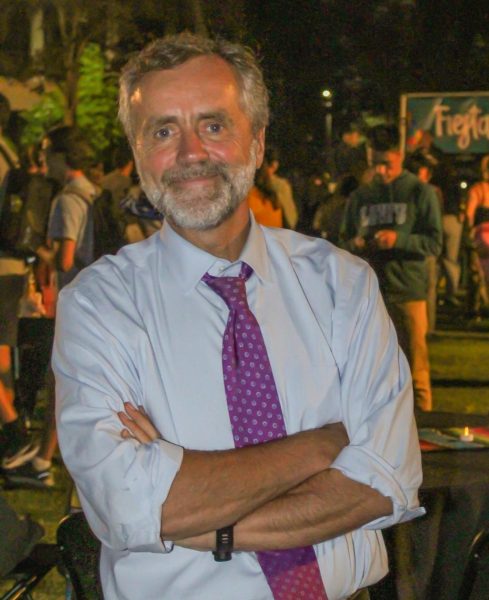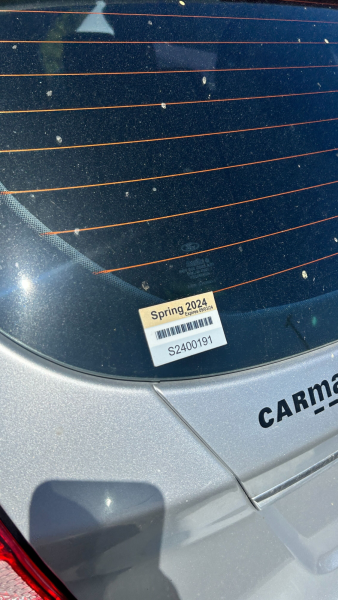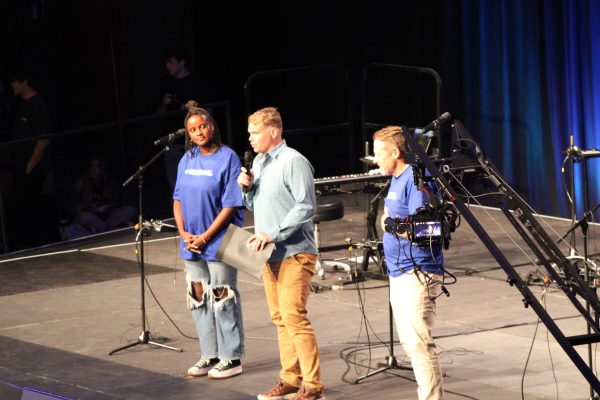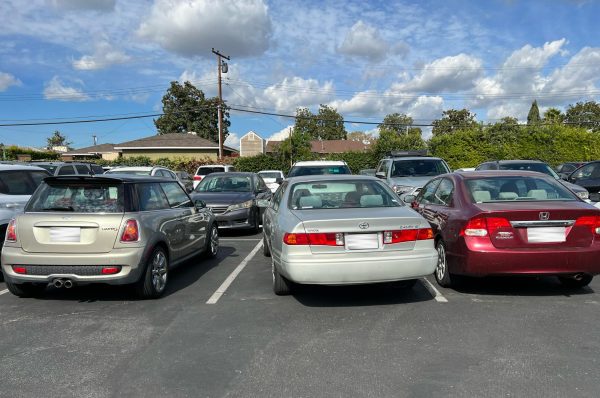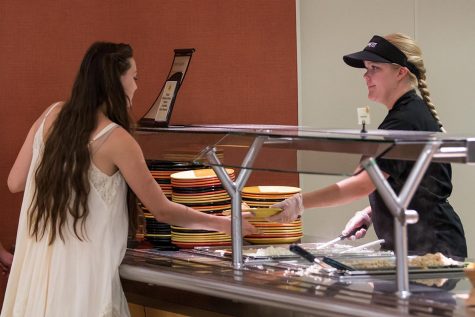Exploring Diversity Part Two
In the second installment of his three-part series, Arthur Daniels, Jr. examines how Biola compares to similar schools in the area of ethnic diversity.
December 7, 2010
My original intent when starting this series was to present three articles. The first would demonstrate the problem of diversity. The second would try to address possible causes of the problem. And the third would offer possible solutions. But the extent of the articles and the short amount space allowable for each article makes it necessary that I adjust my original plans slightly. Instead of this second article mainly addressing the possible causes of Biola’s diversity problems, it will further demonstrate the extent of the problem with a comparison to other Christian schools of similar theological orientation.
So, to further demonstrate the nature of the diversity problem, I’d like to continue looking at a few other Christian schools within and outside of California.
APU more diverse than Biola?
Our closest rival, Azusa Pacific University, which has both undergraduate and graduate programs, also has diversity problems, but seems to be more diverse than Biola. APU’s undergraduate diversity stats for the fall of 2008 are as follows: 63.8 percent white, 13.1 percent Hispanic, 7.8 percent Asian/Pacific Islander, 4.1 percent black, 2.0 percent international, and 9.2 percent unspecified. Interestingly, for the graduate population things become more diverse for APU: 50.7 percent white, 21 percent Hispanic, 9.2 percent Asian/Pacific Islander, 6.6 percent black, 5.0 percent international and 7.5 unspecified. While these numbers are not extremely different from those of Biola, they do indicate that APU is more diverse. And just from a strictly rival standpoint, we Biolans can’t have that.
Focusing mainly on the seminary training level, another Christian school based mainly in northern California, Golden Gate Seminary, has released its 2008-09 enrollment demographics, which reveal a distinctly more diverse student body: 43 percent white, 24 percent Asian, 17 percent Hispanic, 10 percent black, 3 percent international, 1.5 percent Native American and 21.5 percent unspecified. This school only started in 1944, and the Hispanic and African American population percentages in the nearest large city to Golden Gate, San Francisco, are lower than the school’s percentages. There Hispanics represent 14.1 and blacks 7.8, according to the 2000 Census Bureau.
East coast schools cultivate diversity also
Two more schools with graduate and undergraduate programs were investigated: Liberty University and Regent University. What was very interesting to me was when I found out that Liberty University, which was started by the late Rev. Jerry Falwell in 1971, had a 12 percent African American presence in the 1980s in the formerly very racist southern state of Lynchburg, Va. I wasn’t able to get more detailed demographics from the school at this time, but that one statistic speaks volumes to me when I see Biola stuck at 3.3 percent African American in 2010.
When it comes to Regent University in Virginia Beach, Va., started by Pat Robertson in 1978, the demographics there were even more interesting: 50 percent Caucasian, 39 percent African American, 4 percent Hispanic, 3 percent Asian, 3 percent international and 1 percent other. The demographics of Virgina Beach do help us understand these numbers, since it is 70 percent white, 20 percent African-American, 6.1 percent Hispanic, and 5.7 percent Asian, according to the 2009 Census Bureau. But as I look at the African American percentage, the disparity there is striking, with Regent’s African American population percentage exceeding the general population of Virginia Beach and Virginia itself by more than 15 percent.
Biola falls behind other schools in diversity
There are other accredited schools that could have been included in this short survey, but I believe the point is clear. Schools that are similar to Biola in theology and background, with similar requirements and programs, and most founded long after Biola, have a more ethnically diverse student body. Why is that? What are the possible reasons for this?
Of course, there are issues of demographics to consider, especially with the schools in states where there is a higher concentration of any one minority group. For example, the fact that Virginia has a higher African American population than California clearly does contribute to the higher percentages of African American students in schools like Liberty and Regent.
Demographics impacted by finances?
But demographics alone cannot account for what the actual numbers reveal. So what other factors contribute to Christian school enrollment? The first and most basic possible reason that automatically comes to mind is expense. Both the undergrad and graduate programs at Biola are very expensive. In the next article, I will go into more detail comparing school expense and other factors that may contribute to the diversity issues at Biola.


